(NADS) - Tan Thong Hoi bamboo blind craft village, a unique place in Tan Thong Hoi commune, Cu Chi district, Ho Chi Minh City, still maintains its important value as a source of income and a representative of Vietnamese cultural image to the world, although it is no longer as bustling as in its golden age.

Established for more than 50 years, this craft village experienced a period of strong development in the 80s. Tet is still the best selling time, causing many households to convert into bamboo blind production facilities. Exporting products to many countries, such as Japan, England, America, has created an important mark in this industry.
According to current statistics, Tan Thong Hoi bamboo blind craft village has 05 establishments producing and trading bamboo blinds and about 400 households processing bamboo blinds for these establishments. The blind makers are mainly elderly women, who combine bamboo blind production with housework.

The bamboo blind production process in this village is completely manual, from cutting bamboo, peeling, stringing, weaving, painting, to drawing. The challenge comes from the shrinking market due to the appearance of plastic substitutes. But to adapt, the craftsmen have been creative in mixing paint colors, images and even adding details to create new, attractive and quality products.
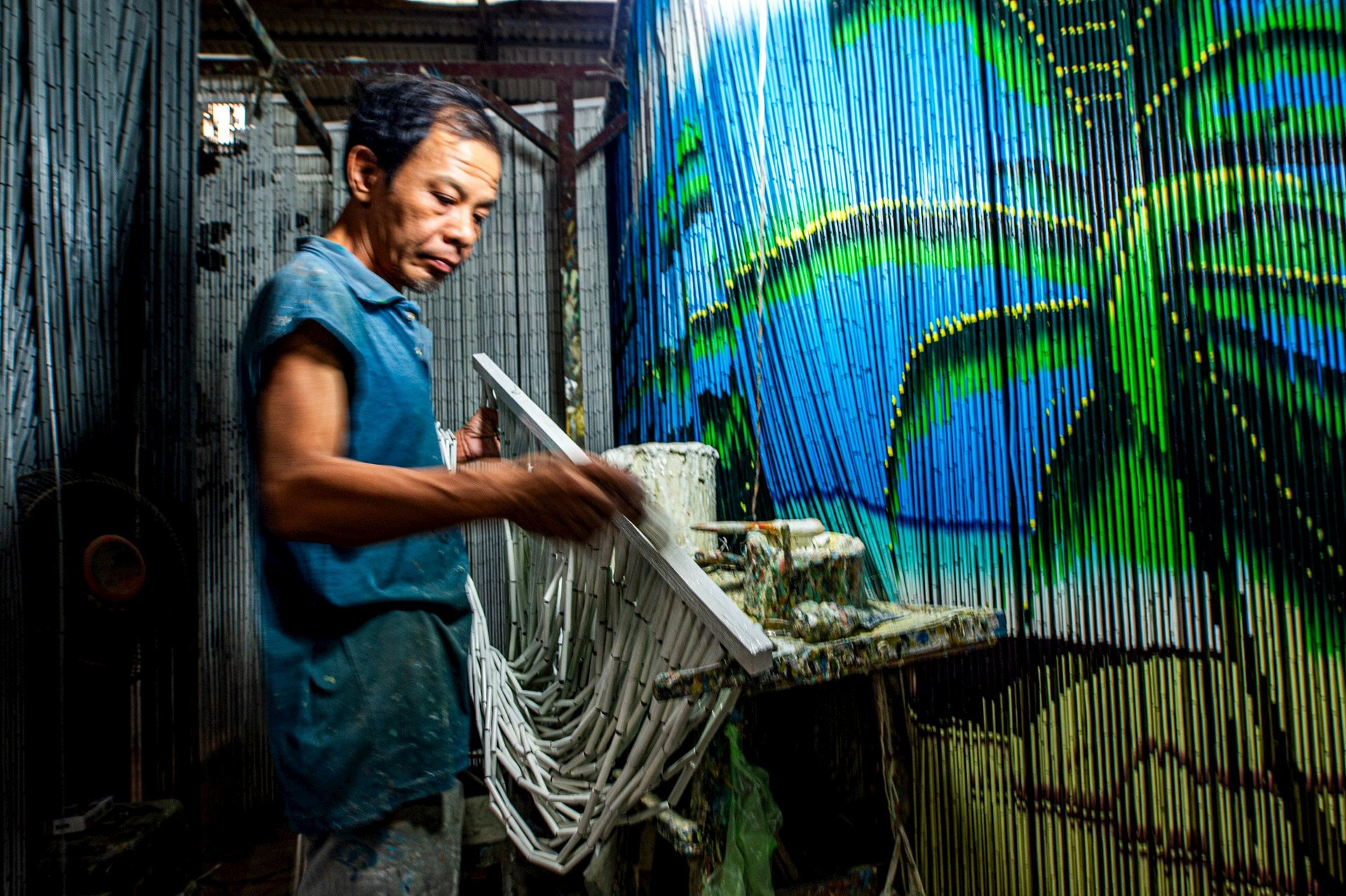
Tan Thong Hoi bamboo blind craft village flexibly adjusts to the market through creativity in paint colors, images and details. New products with traditional yet modern beauty are receiving favor from the market.

Despite challenges such as a shortage of young workers and rising raw material prices, the craft village still maintains its operations, providing stable income and job opportunities for the community. It contributes greatly to creating jobs for thousands of local workers and at the same time promoting the image of Vietnamese culture to the world.

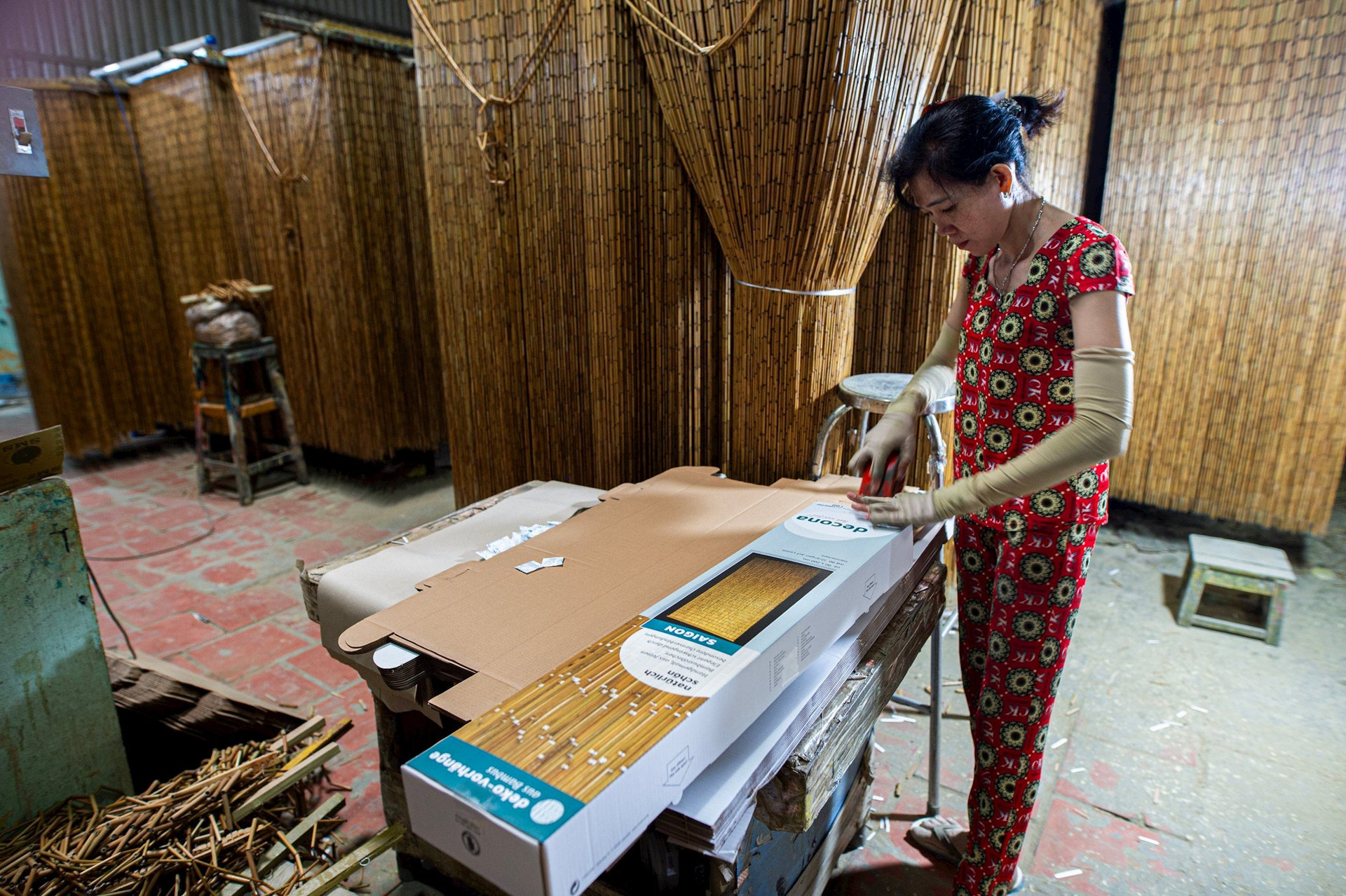
The Department of Industry and Trade of Ho Chi Minh City highly appreciates the contribution of Tan Thong Hoi bamboo blind craft village, as well as other craft villages, in socio-economic development. It proves that the model of small-scale handicraft villages is effective in the community, from attracting labor to solving the problem of poverty.
Source link


![[Photo] Phuc Tho mulberry season – Sweet fruit from green agriculture](https://vstatic.vietnam.vn/vietnam/resource/IMAGE/2025/4/10/1710a51d63c84a5a92de1b9b4caaf3e5)



![[Photo] Prime Minister Pham Minh Chinh chairs meeting to discuss tax solutions for Vietnam's import and export goods](https://vstatic.vietnam.vn/vietnam/resource/IMAGE/2025/4/10/19b9ed81ca2940b79fb8a0b9ccef539a)
![[Photo] Unique folk games at Chuong Village Festival](https://vstatic.vietnam.vn/vietnam/resource/IMAGE/2025/4/10/cff805a06fdd443b9474c017f98075a4)

































































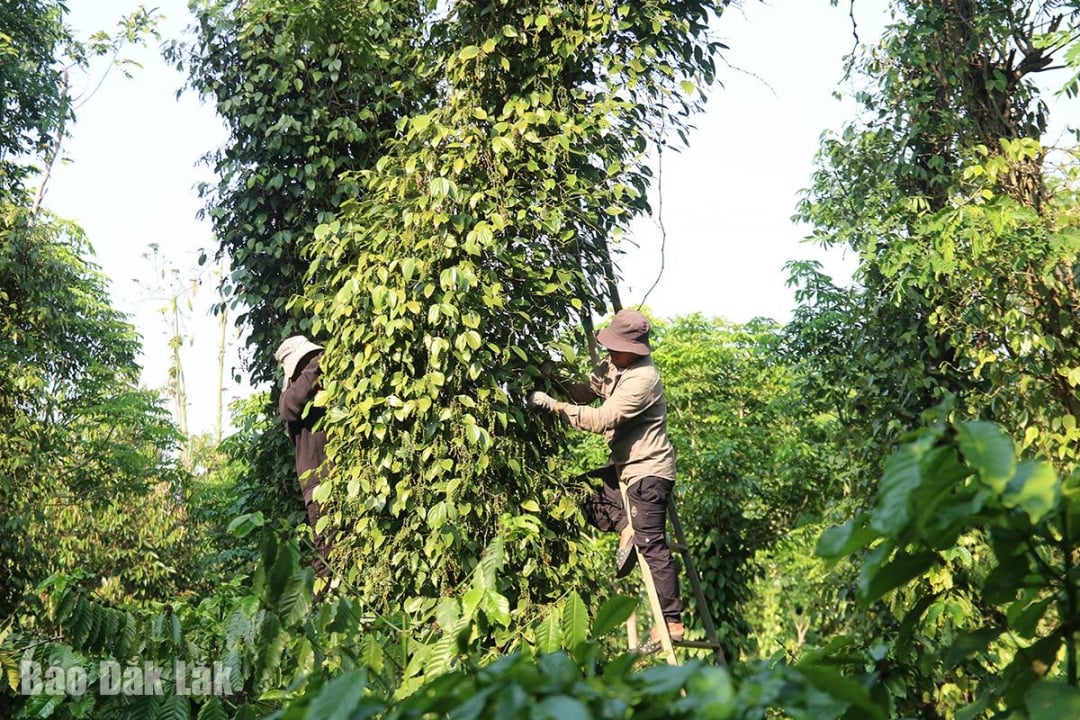





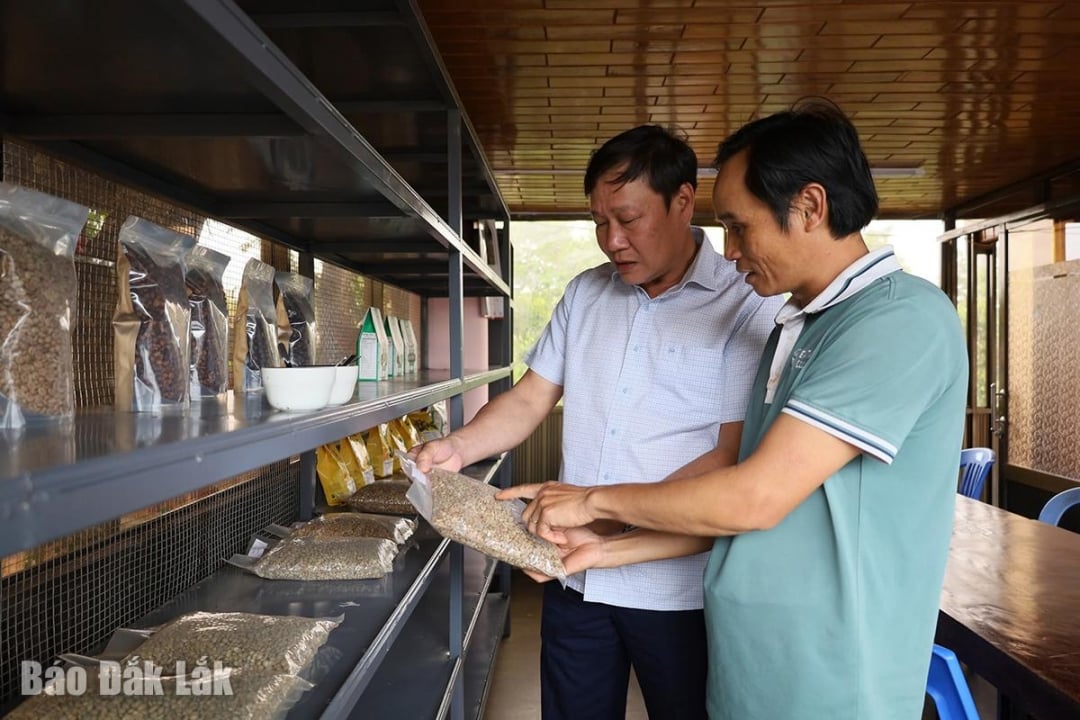

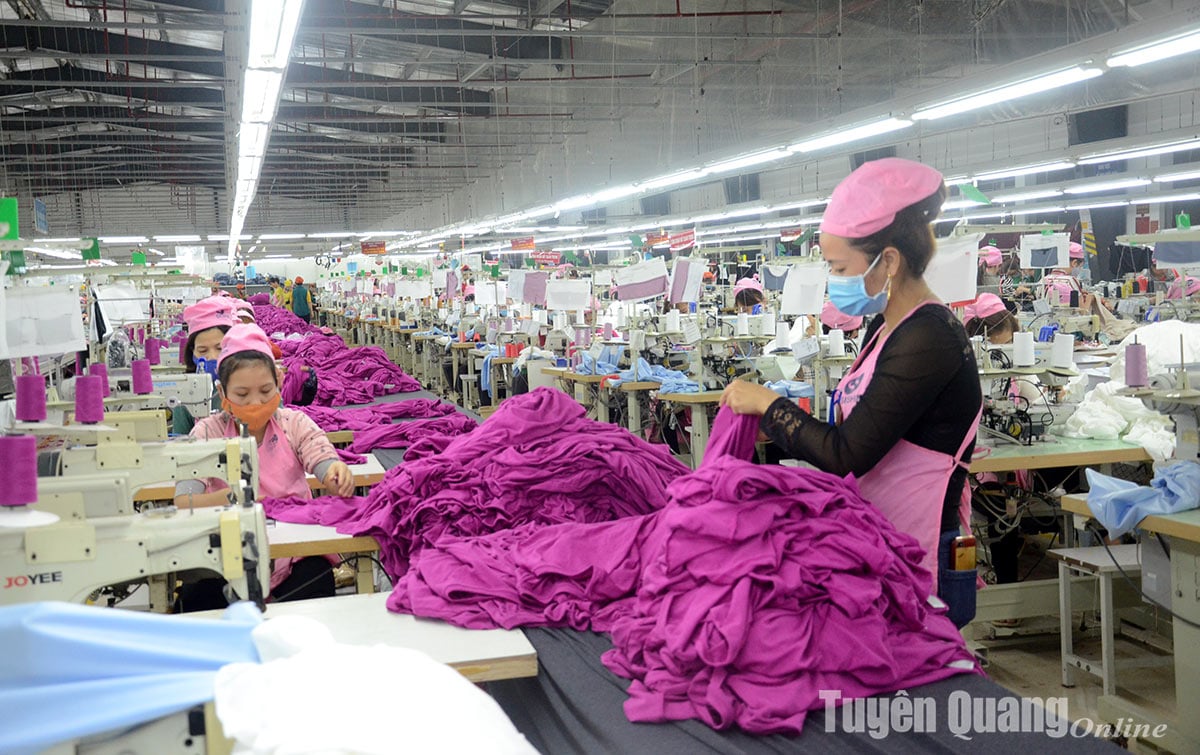







Comment (0)